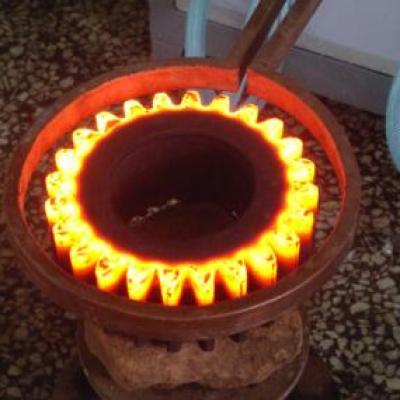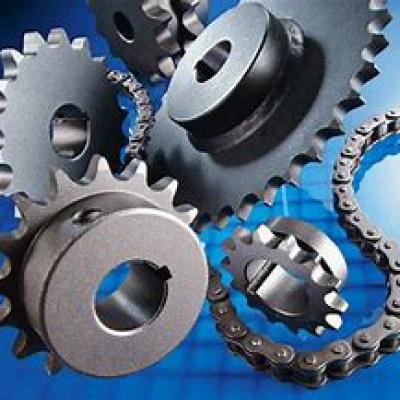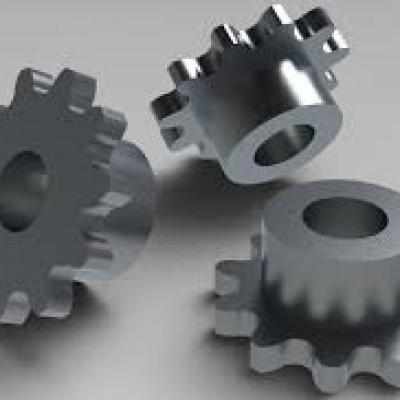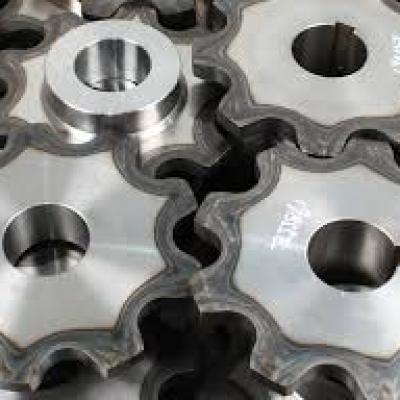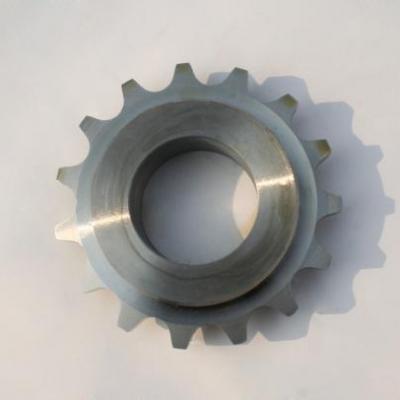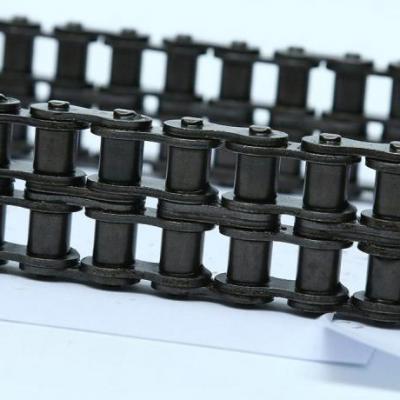What factors affect the service life of a chain
Chains have long-term and extensive applications in industry. Commonly used are Conveyor Chains, Transmission Chains, lifting chains and suspension chains. Many people do not know enough about the chain of industrial equipment, and carelessly lubricate and maintain it. Actually not. Take the conveyor chain as an example. Like other key parts, the chain is very important for the safe operation and continuous production of equipment. What are the factors that affect the lubrication effect of the conveyor chain?
Wear of suspension chains
As long as the wear of the suspension chain proliferates between the pin and the sleeve, the wear makes the gap larger and the chain longer, until the conveying chain cannot accurately fit the sprocket, or it cannot maintain the correct distance and timing. Sometimes the wear between the roller and the sleeve or the wear between the chain plate and the guide plate can also cause the chain to malfunction. The lengthening of the chain due to wear is a gradual process, which consists of roughly three stages.
The first stage is the initial running-in, the time is relatively short, the coating points on the pin and the sleeve are worn away, and the small eccentricity is also smoothed.
The second stage is stable and slow lubrication and wear. At this stage, the pin is properly placed in the sleeve, and the shaft load area is fully lubricated.
The third stage is the relatively fast final wear. At this stage, the lubrication may be invalid or invalid, or the hardened layer of the surface of the pin and the sleeve is worn away, or the chain becomes longer, causing the load of individual nodes to increase sharply. When the load exceeds the yield limit, the conveyor chain is plastically deformed, and the chain plate and the hole of the chain plate are stretched, resulting in the chain not working properly.
The tensile force of the conveying chain is different from that of the non-stressing side. Under repeated load, after repeated cycles, the chain plate of the conveying chain will appear micro-cracks and slowly expand, resulting in fatigue damage, chain breakage etc Fatigue spots will also appear on the roller surface. If the lubrication is normal, fatigue damage is often the main factor limiting the load capacity and life of the chain.
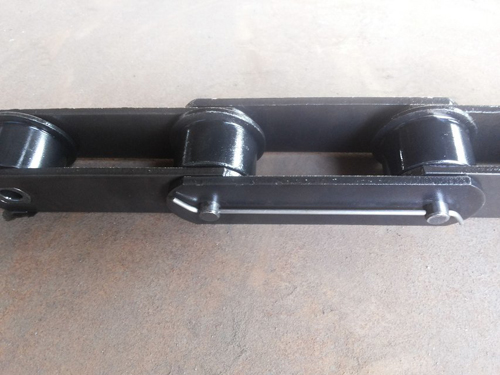
What factors affect the service life of a chain?
In the case of insufficient or inappropriate lubricants, when high speed or heavy load occurs, it is difficult to form a complete lubricant film on the contact surface between the pin and the sleeve, and direct contact between metals causes gluing or welding. Gluing prevents relative movement between the pin and the sleeve, limiting the speed of the chain drive. In addition, the high temperature of the filler and the charcoal block is also one of the important reasons to aggravate the chain wear. Secondly, because the filler, the temperature of the carbon block, and the dust have great difficulties for the chain's lubricating fluid, the main tree monster wearing the chain fails The form is closely related to poor lubrication.
The role of the lubrication chain
The rapid wear failure and gluing failure of suspension chains are closely related to the lubricant. A large number of practical examples show that if the chain can be timely and properly lubricated, its transmission can generally work well for a long time. Good lubrication can significantly extend the second stage of chain wear, and the third stage can be significantly delayed. Thus extending the service life of mechanical moving parts such as chains can significantly reduce equipment maintenance costs and expenses.
Experience shows that reasonable lubrication can significantly extend the life of mechanical moving parts such as chains, and lack of reasonable lubrication can also cause various abnormal problems. Such as insufficient lubrication, the degree of wear between different nodes is different, resulting in unstable chain motion and vibration. Inadequate lubrication of the conveyor chain will also increase friction and energy consumption, and produce harmful temperature rises.
The structure and working characteristics of the hanging chain determine its unique characteristics in matcha science. Most of the friction parts are in line contact with a small contact area. The friction parts are moved in a reciprocating manner. The friction points are not easily accessible. The surface of the friction parts is subject to high pressure and mixed friction. , Such as: humidity, dust, high temperature, low temperature, impact load, temperature change, change of surrounding media, etc.
Chain lubrication mainly reduces the wear between the pin and the sleeve, taking away worn particles and foreign objects, so that the teeth of the chain and the sprocket are smoother. In addition, lubrication can prevent rust and corrosion, take away heat, and cushion shock.
